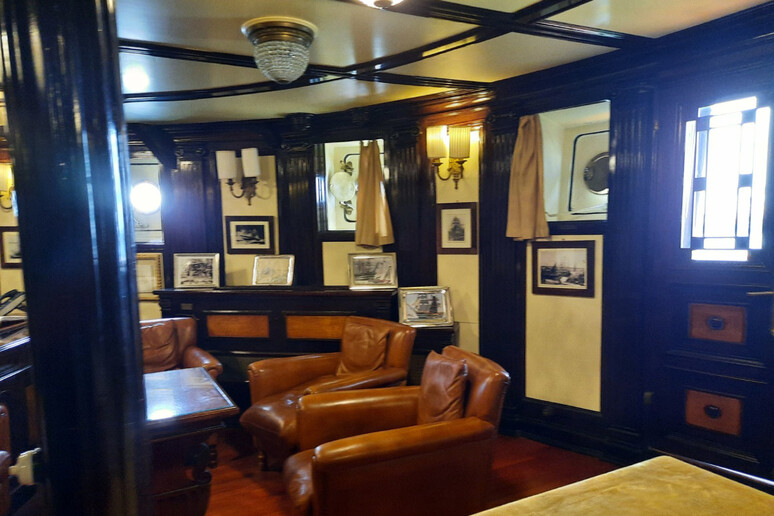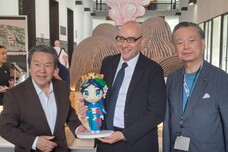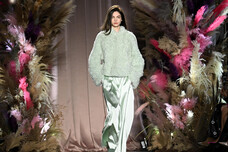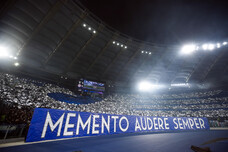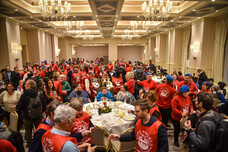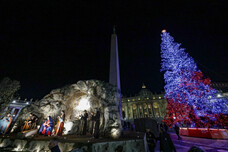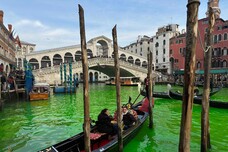By Rodolfo Calò
There is a part of the Amerigo
Vespucci that contributes to making the Italian Navy's training
vessel "the most beautiful ship in the world".
It is made up of the rooms that were once reserved for the
commander where officials are received today and where the
singular apparel of its 100-year history is conserved, going
from the Olympic torch of 1960 Rome Games to images of the
Vespucci's missing twin.
Going from the main deck through a small glass door, there is a
'corridor-museum' that ANSA was allowed to admire during the
Alexandria stage of the world tour of the ship that is an
ambassador of Italian excellence.
Immediately on the right a Commander's sword is in a display
case.
It is "the symbol of the cadet", the student who is not yet an
"officer" and, therefore, does not have a saber, explained
Vespucci Commander Giuseppe Lai
So it is also the symbol of the "training ship where all the
officers of the Italian Navy were formed" and of the "continuity
between the old generations and the new ones", he stressed.
On the other side you can see period photos, including those of
people climbing "in alberata" on the sails, secured only by
simple ropes and not, as now, by "ultra-technological tools
borrowed from mountaineering".
Another image shows the Vespucci's "twin", or, at least, a "very
similar" training ship, the "Cristoforo Colombo", which "no
longer exists as it was given as war reparations to the Soviet
Union after the Second World War", Lai explained.
The copper of a nautical chart stands out on one wall, which is
a rare piece, as "in the past these were destroyed when a new
chart was made" to prevent the creation of outdated prints
potentially capable of sending ships "aground", the Commander
continued.
In the warmth of wood that is almost 100 years old, and which
"has changed very little and has been like this since the
1930s", according to Lai, is "the Olympic torch of Rome 1960",
which the ship brought from Greece and, immediately after that,
the "council room" where the commander receives officials.
There are two paintings on the walls that belonged to the
Columbus and depict the explorer's arrival in the Americas and
his return to announce what he had discovered.
On the table in the centre of the room, there was a nautical map
with the details of the Strait of Magellan crossed by the
Vespucci during its current world tour. Finally, at the stern,
on the narrow semicircular balcony where "Amerigo Vespucci" can
be read from the dock is a small botanical garden, a model of
past ones dedicated "to the cultivation of plants", especially
"lemons or other fruits that had a lot of vitamin C to prevent
scurvy" and similar diseases, Lai said.
On this tour the lemon tree survived Cape Horn, but "not Tokyo's
humidity", while the rosemary plant made it.
The Vespucci's plants are "witnesses of the tour" - they come
from Patagonia, from the deserts of Australia, from Acapulco,
from Japan (a bonsai), from Hawaii, the commander said, although
the Patagonia subsequently died due to excessive heat.
In short, it is a botanical "world tour" but with a touch of
Italian style in the form of basil.
ALL RIGHTS RESERVED © Copyright ANSA
